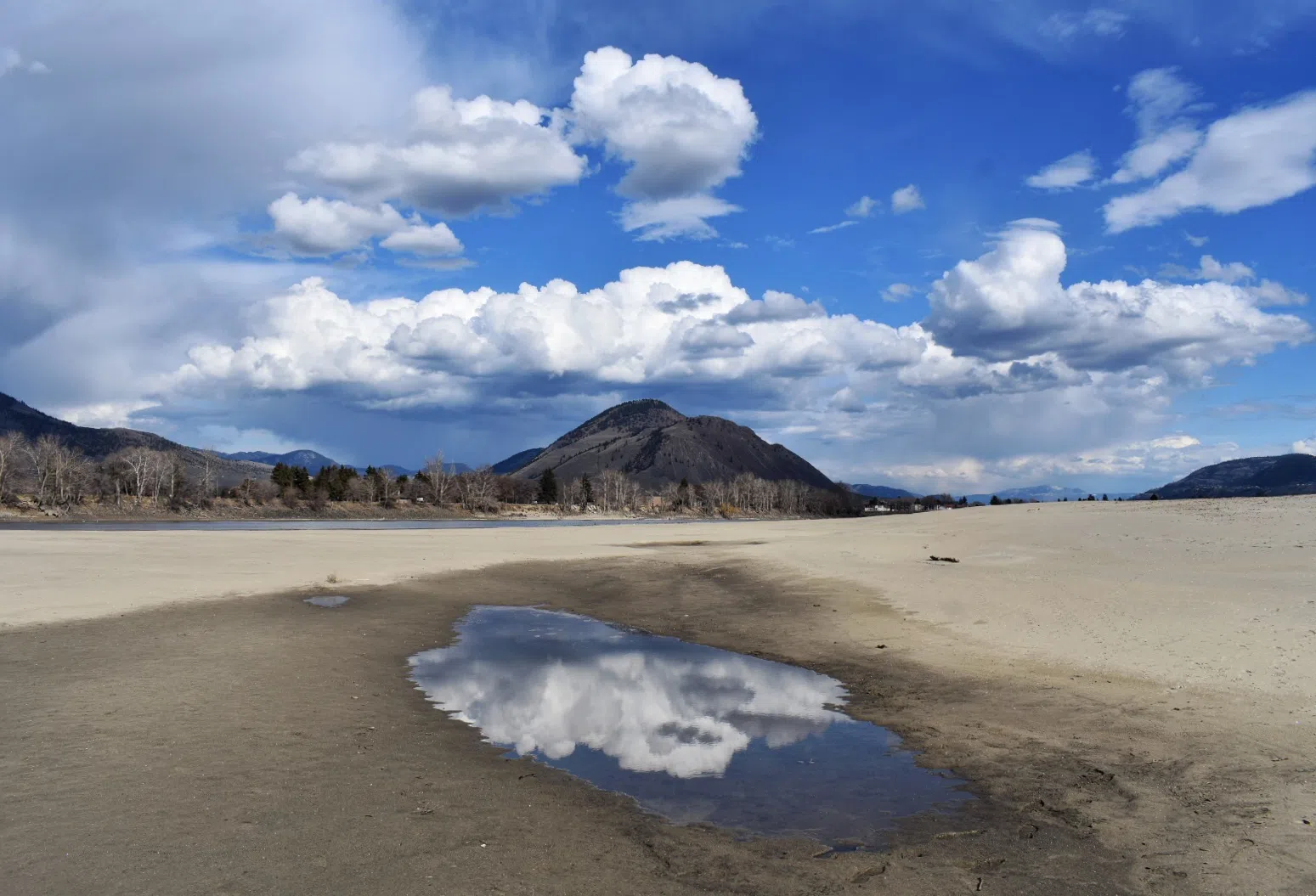
Too early for BC Wildfire Service to worry about lower snowpack levels
KAMLOOPS — The B.C River Forecast Centre has released their snowpack report heading into spring- showing a 21 per cent below normal average across the province.
Lower snowpack levels and potentially warmer temperatures has the spring melt jumping forward a few weeks.
However, the BC Wildfire Service says its too early to worry that the reduced melt will bring an aggressive fire season.


